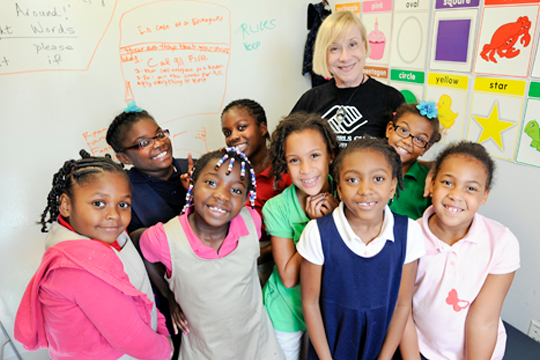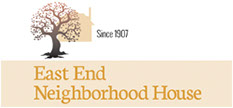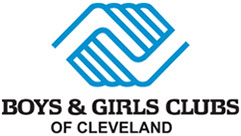Focus, Observe, Document and Reflect
In 2016, I learned that there are many ways to measure the ‘strength’ of a neighborhood. The neighborhoods of Mt. Pleasant, Woodland Hills and Buckeye are similar to many other Cleveland neighborhoods that face city-wide and regional ills.
Our partner, Cleveland Neighborhood Progress, uses a tool called the Progress Index to evaluate neighborhoods with measures such as median sale price of residential parcels, median income and poverty rate. Since 2011, the median sale price in Woodland Hills, Mt. Pleasant and Buckeye
is showing an upward trend, which mirrors Cleveland as a whole. In Woodland Hills, the median price was $10,000 in 2011; in 2016, it was $14,875. In Mt. Pleasant, it was $9,075 in 2011; in 2016, it was $14,837.
In Buckeye/Shaker Square, it was $21,000 in 2011; in 2016, it was $35,000.
We are also seeing a negative trend line in household income and the poverty rate. In Woodland Hills, household incomes are down 12 percent, while the poverty rate has increased 24 percent. In Mt. Pleasant, household incomes are down 10 percent, while the poverty rate has increased 39 percent. And in Buckeye/Shaker Square, household incomes are down 5 percent, while the poverty rate has increased
22 percent.
In terms of population, we are seeing a downward trend. In Woodland Hills, population has decreased 24 percent. In Mt. Pleasant, it’s down 35 percent, and in Buckeye/Shaker Square, it’s down 26 percent, outpacing the city’s average decline of 18 percent.
While these numbers paint a picture, they don’t capture the complete story. Between and behind these stats we see something else—the work of our partners. For example, behind the housing numbers are a chain of efforts that include code enforcement, demolitions, home repair loans and rehabs led by partners such as Habitat for Humanity, Cleveland Neighborhood Progress, Harvard Community Services Center, Thriving Communities and the Hebrew Free Loan Association. We have come far, but we still have a long journey ahead of us.
In contrast, notions of place attachment, sense of community and social networks are difficult to measure but are important factors to a strong neighborhood. These are factors that make people want to move into or stay in a neighborhood. For example, how do you measure the energy of 100-plus residents at the monthly network night led by Neighborhood Connections? The laughter of children at a block party facilitated by LAND studio? The sense of safety the Shaker Square merchant feels when they see a police officer on a bike? Or the sense of hope residents feel after successfully launching an ioby campaign? We are using storytelling as a tool for learning through two podcasts – Watershed and Making Our Own Stories. The goal of these efforts is simple: Help residents tell their own stories and show real life.
In closing, we learned to focus on what we can and should measure and to keep observing, documenting and reflecting on the things that we can’t.

Nelson Beckford
Senior Program Officer for A Strong Neighborhood

A STRONG NEIGHBORHOOD GRANT SPOTLIGHTS

ADDITIONAL
GRANT SPOTLIGHTS





